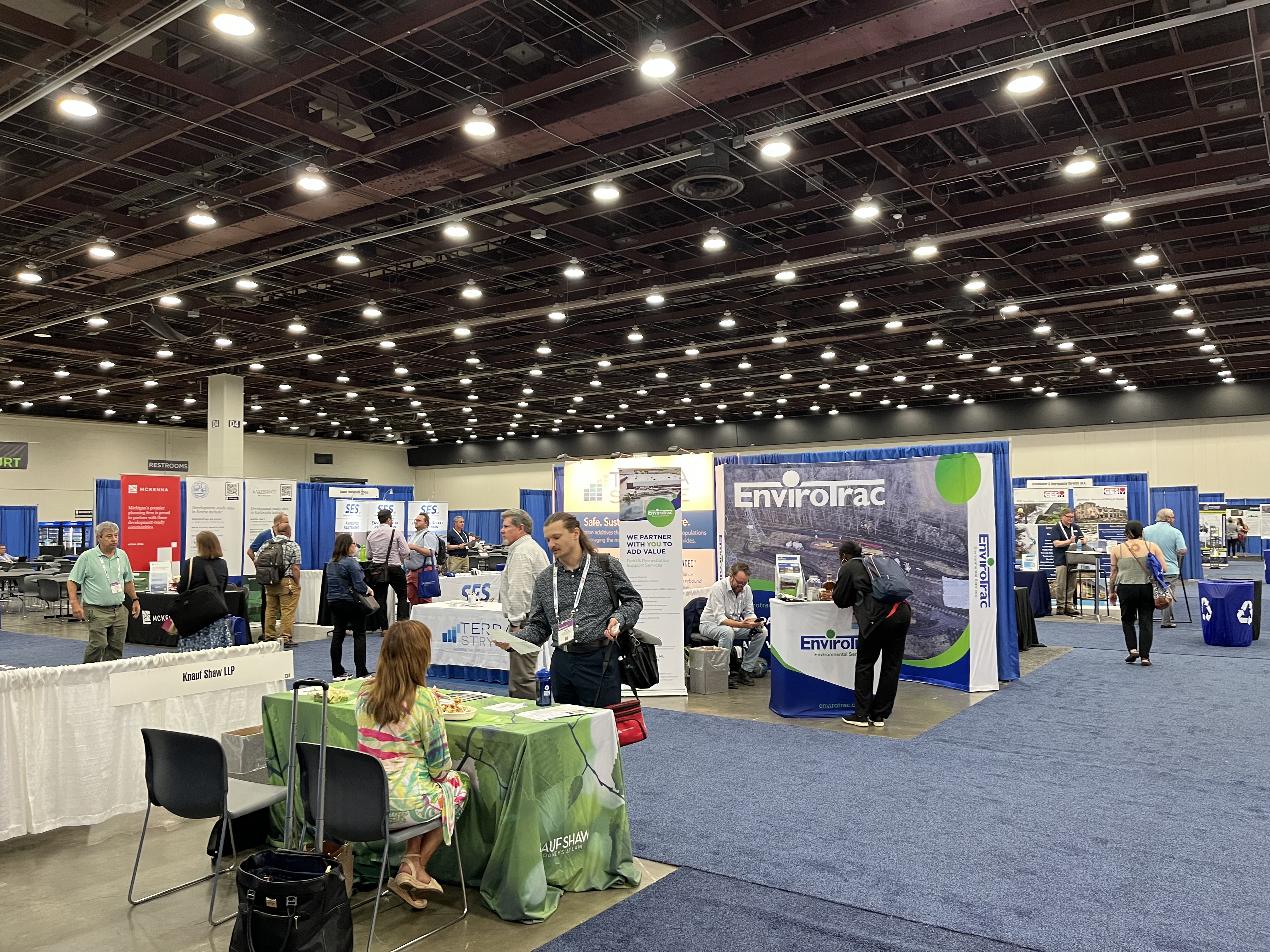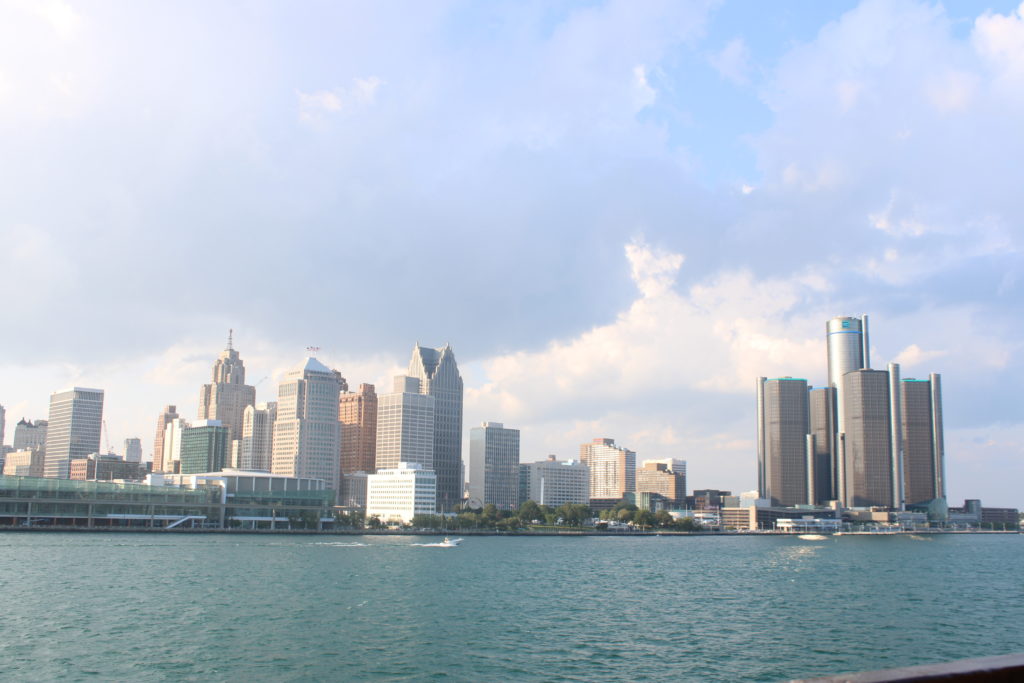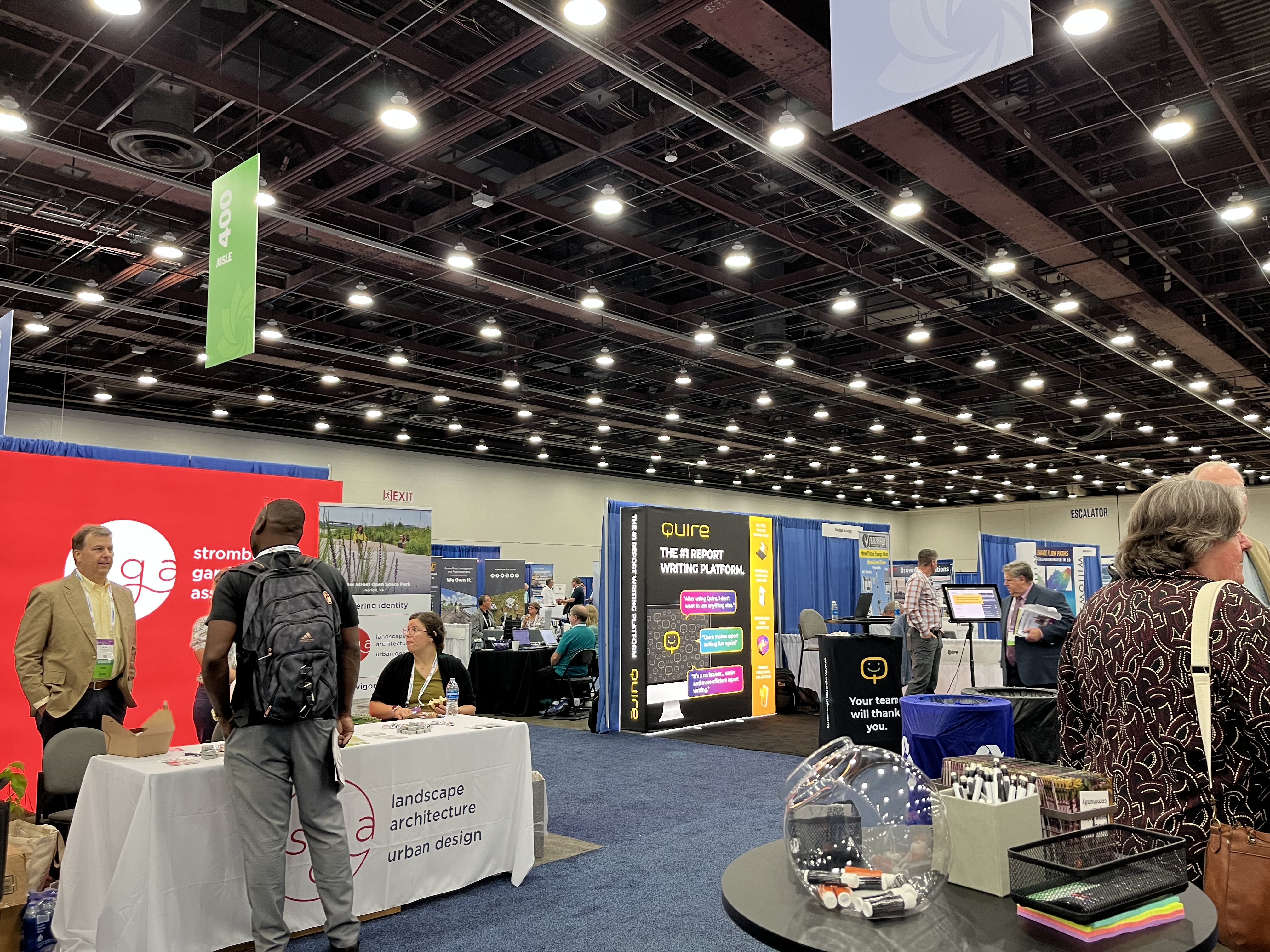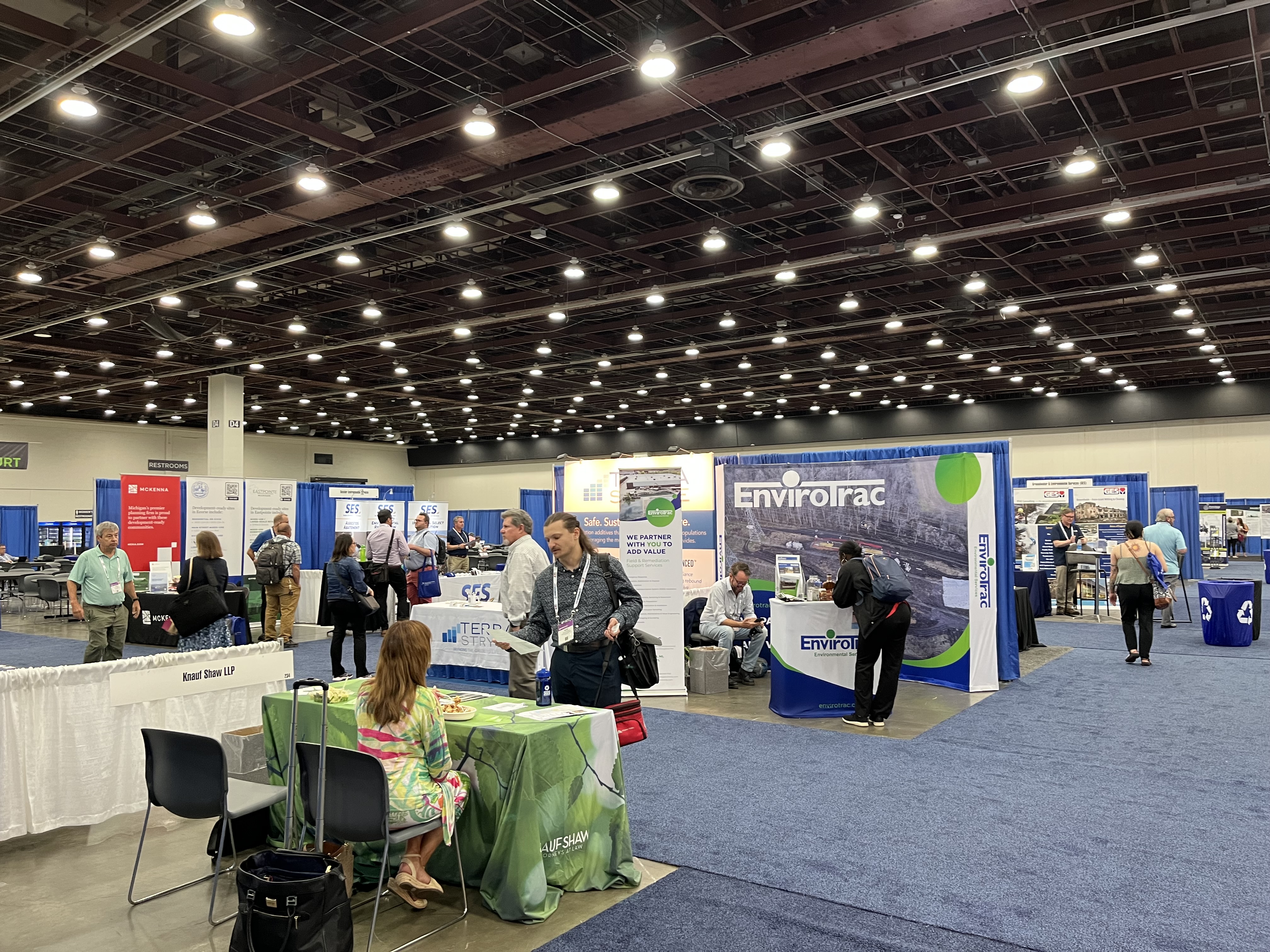Written by: Rashawn Khamari Merchant
I had the opportunity to attend the Brownfields 2023 Conference in Detroit. The conference brought together industry professionals from all over the country(I even met a group from New Zealand) interested in repairing and developing brownfield spaces in their communities and regional areas.

Rashawn Merchant/Earth Shiners
Brownfields are land sites contaminated by abandoned manufacturing plants and factories. As we know, manufacturing is one of the most significant contributors to dumping and toxic waste leaks, causing harmful effects on the natural environment and nearby residents. Heavy metals and lead can become forever chemicals when not appropriately mitigated.
When speaking to conference director David R. Loyd, he clarified that Brownfields is the premier conference addressing brownfield development. He enthusiastically expressed his appreciation that Detroit is such a wonderful host city.

Rashawn Merchant/Earth Shiners
With this being my first visit to the Motor City, his gratitude became apparent. Detroit was once the car manufacturing capital of the world. As Henry Ford revolutionized the production of automobiles, he directly made Detroit one of America’s best cities to do business. By implementing the 8-hour workday, assembly lines, and high wages, people flocked to the city to live and work. Manufacturing capabilities grew alongside the city’s boom, and plants formed everywhere. There were buildings for each part of the car, including centers for shipping and transportation, as the Detroit River provided excellent access for travel and distribution of industrial parts.

Rashawn Merchant/Earth Shiners
All these factors gave Detroit the ability to prosper. Unfortunately, there came a dramatic shift in the city’s business. Through labor outsourcing, much of the cities’ manufacturing moved to the south or overseas in favor of cheaper employment options and higher profits. This migration left Detroit in a devastating position. Factories became abandoned and left the economy in a downfall. As empty lots became common, much-unused land filled Detroit. As mentioned, this land was considered undesirable due to the renovations needed to make it safe.
I appreciated attending the conference because I interacted with thousands willing to put in the effort. Some companies invented soil and water testing equipment, and activists were there to promote environmental justice. Residents need activism as those nearest to brownfield sites are often of color and poorer. Marginalized people should benefit if a neighboring site turns into a park, community center, or shopping mall.
Brownfield development can be a great source of prosperity if done sustainably.

Leave a Reply